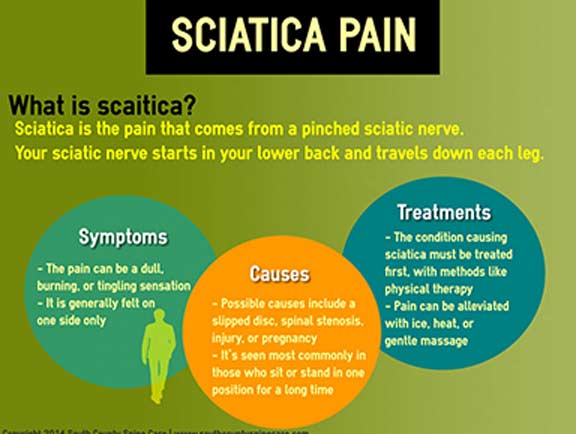The Connection Between Stance And Neck And Back Pain: Approaches For Preserving Correct Placement Throughout The Day
The Connection Between Stance And Neck And Back Pain: Approaches For Preserving Correct Placement Throughout The Day
Blog Article
Content Create By-Williford Thaysen
Maintaining correct pose isn't practically staying up right; it has to do with straightening your body in such a way that supports your back and reduces the danger of back pain. The way you sit, stand, and relocate throughout the day can substantially influence your back health and wellness. However just how precisely can you guarantee great placement constantly, even throughout hectic days full of numerous activities? Let's delve deeper into the refined yet impactful adjustments you can make to your daily regimen to maintain your back happy and healthy and balanced.
Importance of Appropriate Stance
Proper stance is essential in maintaining a healthy back and protecting against pain. When you rest or stand with excellent posture, your back is in positioning, reducing stress on your muscles, ligaments, and joints. great site permits the body to distribute weight uniformly, protecting against extreme tension on specific locations that can lead to discomfort and discomfort. By keeping https://jaspertmfxp.like-blogs.com/31954597/chiropractic-look-after-families-advantages-for-all-ages aligned, you can likewise boost your breathing and food digestion, as slouching can press body organs and restrict their capability.
Furthermore, maintaining excellent posture can boost your general look and self-confidence. When you stand tall with your shoulders back and head held high, you radiate self-confidence and show up even more friendly. Great position can likewise make you feel a lot more stimulated and sharp, as it promotes correct blood flow and enables your muscles to work successfully.
Including correct stance right into your everyday routine, whether sitting at a workdesk, strolling, or exercising, is important for stopping neck and back pain and promoting general wellness. Remember, a small adjustment in exactly how you hold yourself can make a substantial difference in how you feel and operate throughout the day.
Common Postural Mistakes
When it involves keeping great posture, numerous individuals unwittingly make common errors that can contribute to pain in the back and discomfort. One of one of the most widespread errors is slumping over or stooping over while resting or standing. This position places excessive stress on the spine and can cause muscular tissue discrepancies and pain over time.
One more typical error is overarching the reduced back, which can flatten the all-natural contour of the spinal column and trigger discomfort. In addition, crossing legs while resting might feel comfortable, however it can produce a discrepancy in the hips and hips, resulting in postural issues.
Making use of a cushion that's also soft or also solid while sleeping can also influence your placement and contribute to pain in the back. Lastly, constantly craning your neck to check out screens or adjusting your setting regularly can strain the neck and shoulders. Bearing in mind these usual postural mistakes can aid you preserve better alignment and decrease the danger of pain in the back.
Tips for Correcting Positioning
To improve your placement and decrease neck and back pain, it's vital to concentrate on making small modifications throughout your day-to-day routine. Start by bearing in mind your posture. When resting, guarantee your feet are flat on the flooring, your back is straight, and your shoulders are unwinded. Prevent slouching or leaning to one side. Use ergonomic chairs or paddings to support your lower back.
When standing, disperse your weight evenly on both feet, maintain your knees somewhat curved, and tuck in your hips. Engage your core muscles to support your back. Take breaks to stretch and walk if you have a less active task. Include workouts that strengthen your core and back muscular tissues, such as planks or bridges.
While resting, make use of a cushion that sustains the all-natural contour of your neck to keep appropriate spine placement. Avoid sleeping on your belly, as it can strain your neck and back. By bearing in lower back stiffness and making small modifications, you can progressively fix your placement and reduce pain in the back.
Conclusion
Keep in mind, keeping great posture is crucial to stop neck and back pain and advertising back health. By being mindful of your placement, dispersing weight uniformly, and engaging your core muscular tissues, you can minimize pressure on your back and decrease the risk of discomfort and injury. Incorporate ergonomic support, take routine breaks to stretch, and enhance your core and back muscular tissues to preserve correct positioning throughout the day. Your back will certainly thanks for it!
